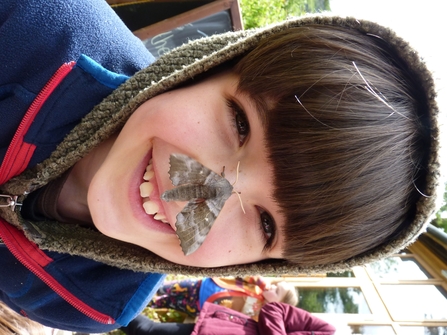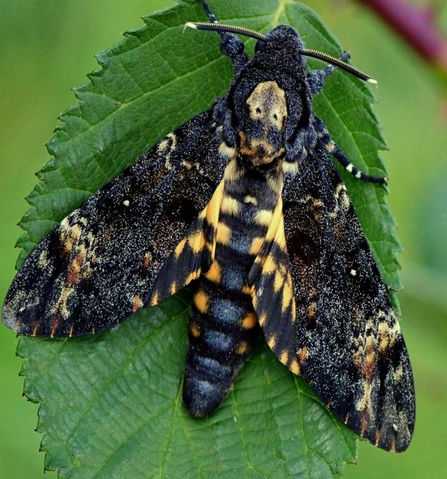Moths may not get the same spotlight as their flashier butterfly cousins, but they are amazing, underappreciated pollinators. While butterflies flit about during the day, moths take over the night shift, quietly working their magic. There are far more moth species than butterflies, both in terms of variety and sheer numbers, making them a fascinating group to study—and they’re full of surprises!
Many moth species are beautifully patterned, albeit in more subtle ways than butterflies. With countless forms and colours within each species, moth enthusiasts are never short of challenges when trying to identify them. In fact, some moth caterpillars are even more dramatic than their adult counterparts!
My Journey into the World of Moth Trapping
My love for moths started during my Zoology degree at Bangor University, where I participated in moth trapping sessions at Treborth Botanic Gardens with Nigel Brown (who was compiling a moth catalogue with students)
Later, I helped run evening moth trapping events at Gilfach Nature Reserve with the Education Officer. Bats would swoop in to snack on the moths, adding to the thrill! My sons also got involved, attending morning events with the Rangers. At these, birds had cottoned on to the fact that the moth pots meant an easy meal! I even snapped a memorable photo of my son with a hawkmoth perched on his nose. We also joined moth trapping events at Elan Valley, where our love for moths only grew stronger.


